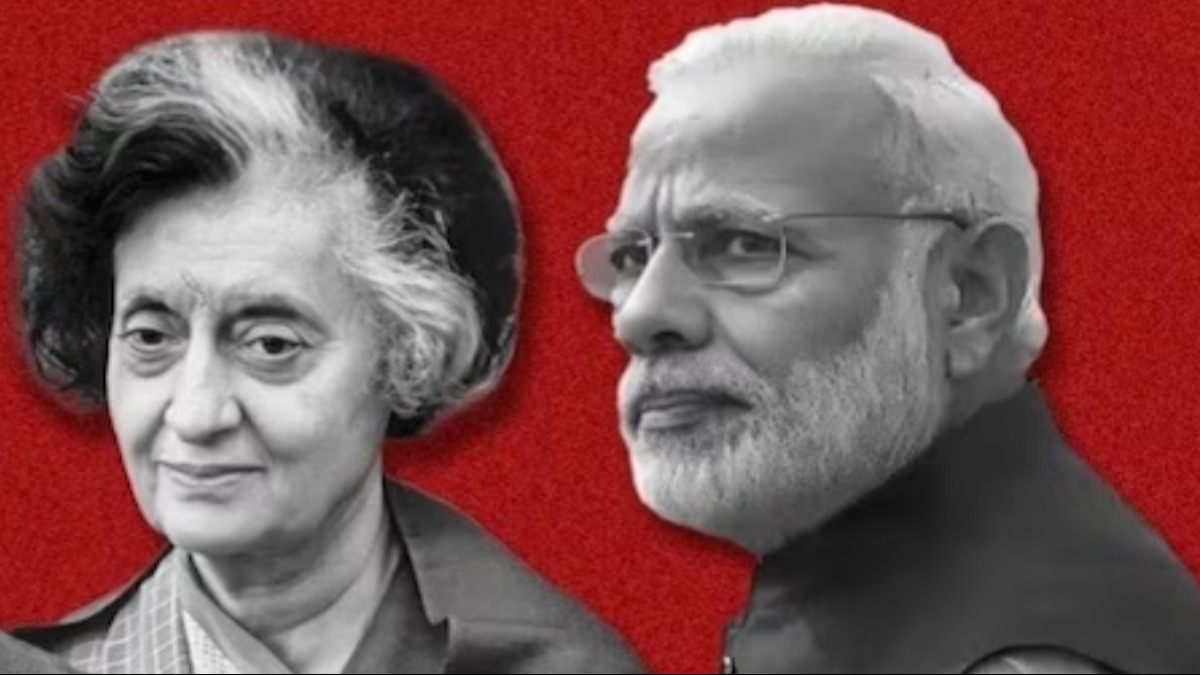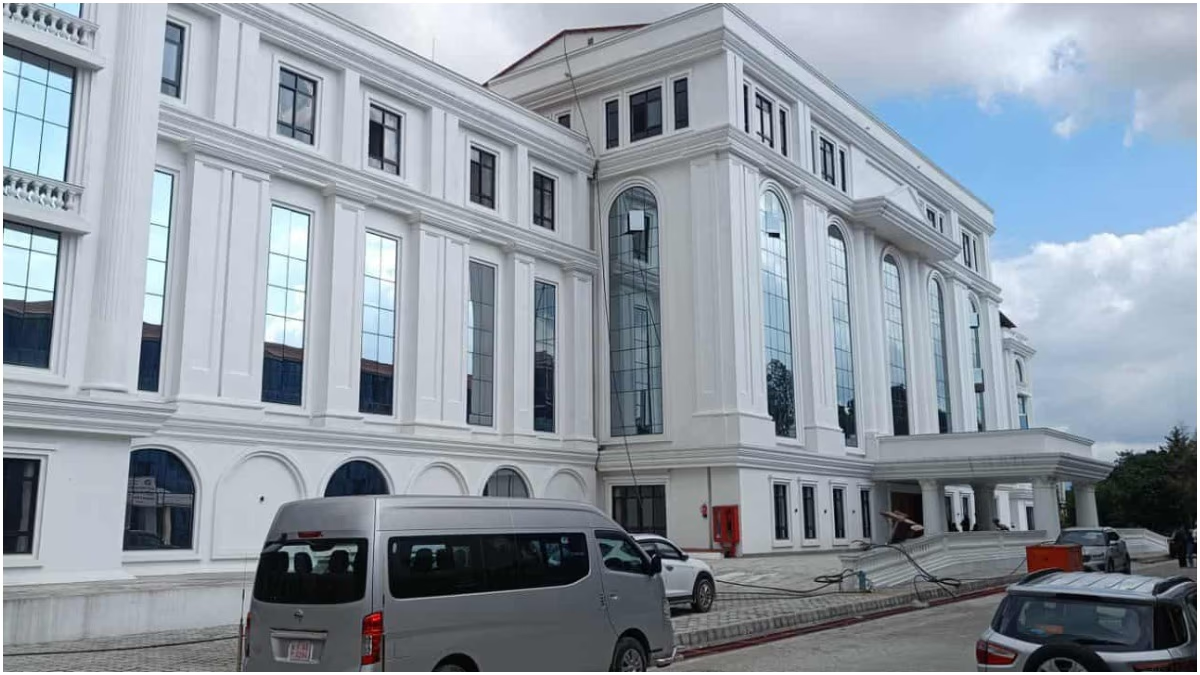BJP MP and former Union Minister Anantkumar Hegde stated that to amend the Constitution, BJP needs to secure a two-thirds majority. He said, 'We have a two-thirds majority in Lok Sabha, but not in Rajya Sabha. The upcoming General elections can help the NDA secure over 400 seats, assisting in achieving a majority in the Rajya Sabha.' His statement has sparked political uproar.
However, this doesn't mean that the Constitution has never been amended before. The first amendment took place in June 1951, and since then, amendments have been ongoing, averaging about two a year.
During the Emergency, amendments were made so extensively that it was referred to as the 'Constitution of Indira' in place of the 'Constitution of India.' Indira Gandhi had modified up to 40 articles in a single amendment, which is why the 42nd Amendment is also known as the Mini-Constitution. Even under Prime Minister Narendra Modi's decade-long governance, there have been 8 significant amendments.
Explore The 42nd Amendment
The 42nd Amendment occurred during Indira Gandhi's rule in the Emergency period and has been the most comprehensive and contentious to date. It seemed as though with this amendment, the government could alter anything, earning the name Mini-Constitution. Three new words - socialist, secular, and integrity - were included in the preamble. One of the most controversial clauses was the priority given to the Directive Principles of State Policy over Fundamental Rights, which could deprive an individual their fundamental rights. It also significantly weakened the judiciary while greatly empowering the legislature and allowed the Central Government to deploy military or police forces in any state under the pretext of maintaining law and order. Several state powers were subsumed into central jurisdiction.
Learn More:
The essential aspect was that Parliament's decisions could not be challenged in court. Only the President had the right to decide membership disputes of MPs and legislators, and Parliament's term was extended from five to six years. This amendment faced severe opposition, causing a tumult in politics, but when the Janata Party government came into power in 1977, many of its provisions were repealed with the 44th Constitutional Amendment. The changes made to the preamble were not reversed.
Also Learn About:
Modi Government in its 10 years has made 8 major amendments to the Constitution...
99th Amendment:
The National Judicial Appointments Commission Act (2015)
100th Amendment:
India-Bangladesh Land Boundary Agreement (2015)
101st Amendment:
The Goods and Services Tax (GST) Act (2016)
102nd Amendment:
Constitutional Status to the National Commission for Backward Classes (2018)
103rd Amendment:
10% reservation for the EWS in educational institutions and jobs (2019)
104th Amendment:
Extension of SC-ST quota in the Lok Sabha and State Assemblies for 10 years (2019)
105th Amendment:
Identification of Socially and Economically Backward Classes (2021)
128th Amendment:
33% reservation for women in State Legislative Assemblies and Parliament (2023)
Read More: India's Constitution was handwritten, learn some intriguing facts related to R-Day
What Did Anant Hegde Say?
Anantkumar Hegde, a BJP MP and former Union Minister, said for constitutional amendments, BJP needs a two-thirds majority. He also emphasized the slogan 'Once More, 400 plus...' The reason for 400 plus? 'We lack a two-thirds majority in Rajya Sabha and adequate majority in state governments. To amend the Constitution and remove distortions made by Congress, a two-thirds majority is required, and we must also come to power in more than 20 states.'




